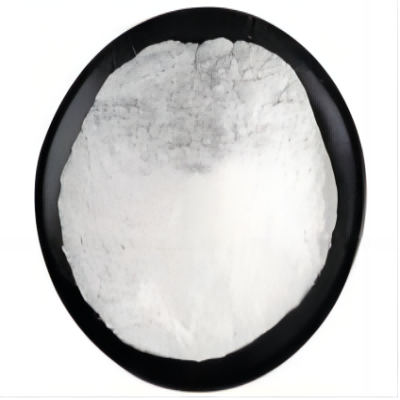7H-pyrrolo[2,3-d]pyrimidine CAS:271-70-5
7H-Pyrrolo[2,3-d]pyrimidine has garnered attention in medicinal chemistry due to its potential as a scaffold for synthesizing novel pharmaceutical compounds. Research indicates that derivatives of this compound may exhibit significant antitumor, antiviral, and anti-inflammatory properties. By modifying its structure, researchers can optimize the biological activity and selectivity of the resultant compounds, making it a valuable starting point for drug discovery. This compound and its derivatives have been studied for their ability to interact with specific biological targets, including enzymes and receptors involved in various diseases. For instance, 7H-pyrrolo[2,3-d]pyrimidine derivatives are being explored for applications in cancer therapy, where they may inhibit the growth of malignant cells by targeting key signaling pathways. Additionally, some derivatives demonstrate potential as antiviral agents, providing a foundation for developing treatments against viral infections. Beyond medicinal uses, 7H-pyrrolo[2,3-d]pyrimidine can also find applications in materials science. Its distinctive heterocyclic structure allows for incorporation into organic electronic devices and sensors, where it could enhance the performance of organic semiconductors. Research in this area focuses on utilizing the compound's properties to develop innovative materials for electronics. In summary, 7H-pyrrolo[2,3-d]pyrimidine is a versatile and promising compound with applications in drug discovery and materials science. Its unique structural features enable the development of biologically active molecules, while its potential in electronic applications highlights its importance in research and development across multiple sectors.



| Composition | C7H6N4 |
| Assay | 99% |
| Appearance | white powder |
| CAS No. | 271-70-5 |
| Packing | Small and bulk |
| Shelf Life | 2 years |
| Storage | Store in cool and dry area |
| Certification | ISO. |


![7H-pyrrolo[2,3-d]pyrimidine CAS:271-70-5 Featured Image](https://cdn.globalso.com/xindaobiotech/1D4QTSIFBZ23MOQQ72.png)
![7H-pyrrolo[2,3-d]pyrimidine CAS:271-70-5](https://cdn.globalso.com/xindaobiotech/1D4QTSIFBZ23MOQQ72-300x300.png)





